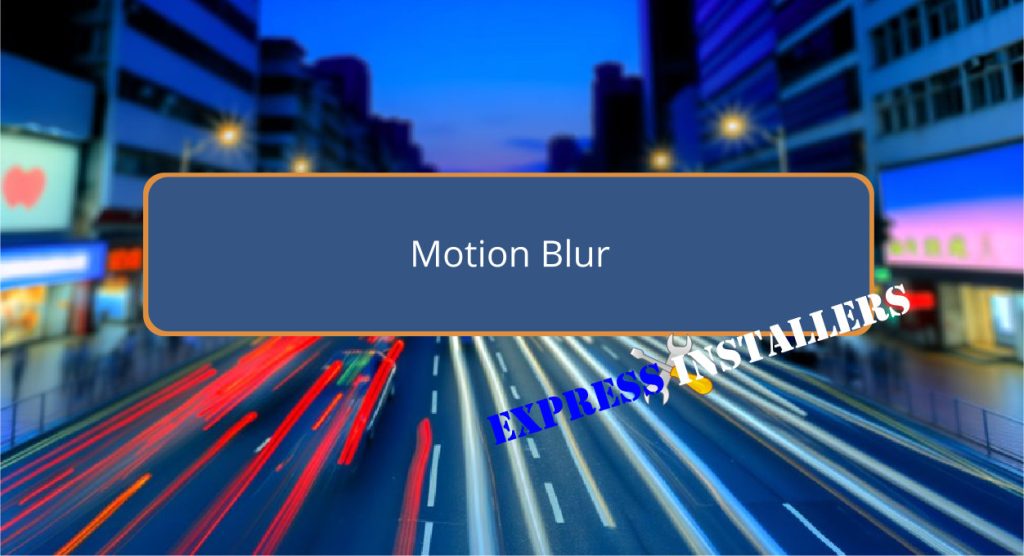
Motion blur captures the dynamic motion of objects in photography, giving a sense of speed and movement through long exposures.
You’ll find it especially effective in sports and action shots. To achieve this effect, you’ll need to use slow shutter speeds, usually ranging from 1/30 sec to several seconds.
Panning is a technique where you match the speed of your moving subject, keeping them in sharp focus while blurring the background, enhancing the perception of motion.
If you’ve set your aperture wide and nailed the timing, you’ll maintain clarity in still elements against the blur.
Exploring these settings further will reveal even more ways to refine this compelling visual technique.
Quick Summary
- Motion blur is a photographic technique that captures the blurring of moving objects using slow shutter speeds.
- It is often used to emphasise speed and motion in dynamic images, particularly in sports and action photography.
- Achieving motion blur involves using shutter speeds from 1/30 sec to several seconds, depending on the speed of the subject and desired effect.
- Panning technique, moving the camera to follow the subject, helps maintain focus on the moving object while blurring the background.
- Proper balance of shutter speed, aperture, and lighting is essential to enhance the effect of motion while keeping key elements sharp.
Understanding Motion Blur
Motion blur is a technique in photography where you capture the natural blurring of objects moving swiftly by using slow shutter speeds, typically from 1/30 of a second to several seconds.
It utilises long exposures to emphasise speed, creating a dynamic sense of motion.
Techniques and Settings
To effectively capture motion blur, you’ll need to adjust your camera settings appropriately.
Use a slow shutter speed, from 1/30 second to several seconds, to blur fast motion, like in sports photography.
Try the panning technique; follow a moving object to keep it sharp against a blurred background.
A wider aperture allows longer exposure times in low light, enhancing blur effects while maintaining a still image.
Applications in Visual Media
Understanding how to adjust your camera settings to capture motion blur leads naturally to exploring its various applications in visual media.
In photography, panning emphasises speed and direction, while in cinematography, it boosts action and urgency.
Simulated motion blur in animation and video games adds realism, smoothing shifts for an immersive experience.
Even digital artworks benefit, using shutter speed adjustments to enhance visual narratives dynamically.
Frequently Asked Questions
Is It Better to Have Motion Blur TV Setting on or Off?
You’ll find that turning it off boosts gaming performance and motion clarity, especially at lower frame rates. However, keeping it on enhances visual aesthetics and realism, suiting an artistic approach depending on user preference.
What Is the Point in Motion Blur?
You’re using it to boost artistic expression and enhance visual realism. It adds a cinematic feel to gaming, improves animation smoothness, heightens emotional impact, and enriches storytelling, especially in action-packed scenes and dynamic shifts.
Is Motion Blur Good or Bad for Movies?
You’re asking if motion blur is beneficial for films. It enhances cinematic realism and viewer immersion, particularly in action sequences, aligning with the director’s vision and the intended emotional response, despite its technical limitations.
How Do You Get the Motion Blur Effect?
To capture the effect, adjust your camera settings: use a slow shutter speed and stabilise your shot. In post-production, enhance it with video editing tools for animation, gaming graphics, or motion capture, enriching visual storytelling.
Conclusion
Now that you’ve grasped the basics of motion blur, you’re well-equipped to experiment with different techniques and settings.
Whether you’re capturing the swift movement of a cityscape or adding dynamic effects to your film projects, motion blur can dramatically enhance your visuals.
So, go ahead and tweak those shutter speeds, play with your camera angles, and watch as your images transform with vivacity and motion.
It’s time to let your creativity flow and make your shots truly stand out!
